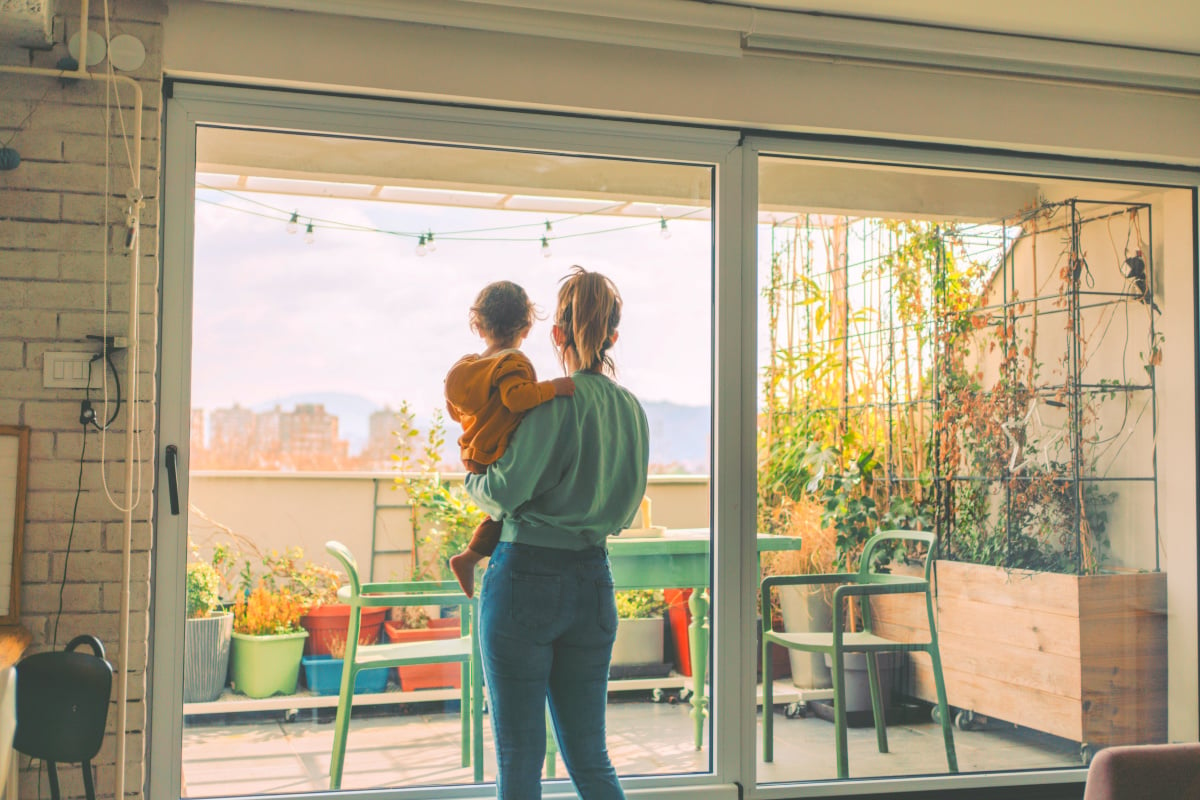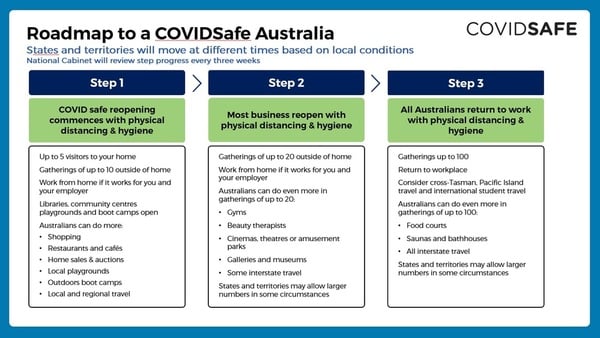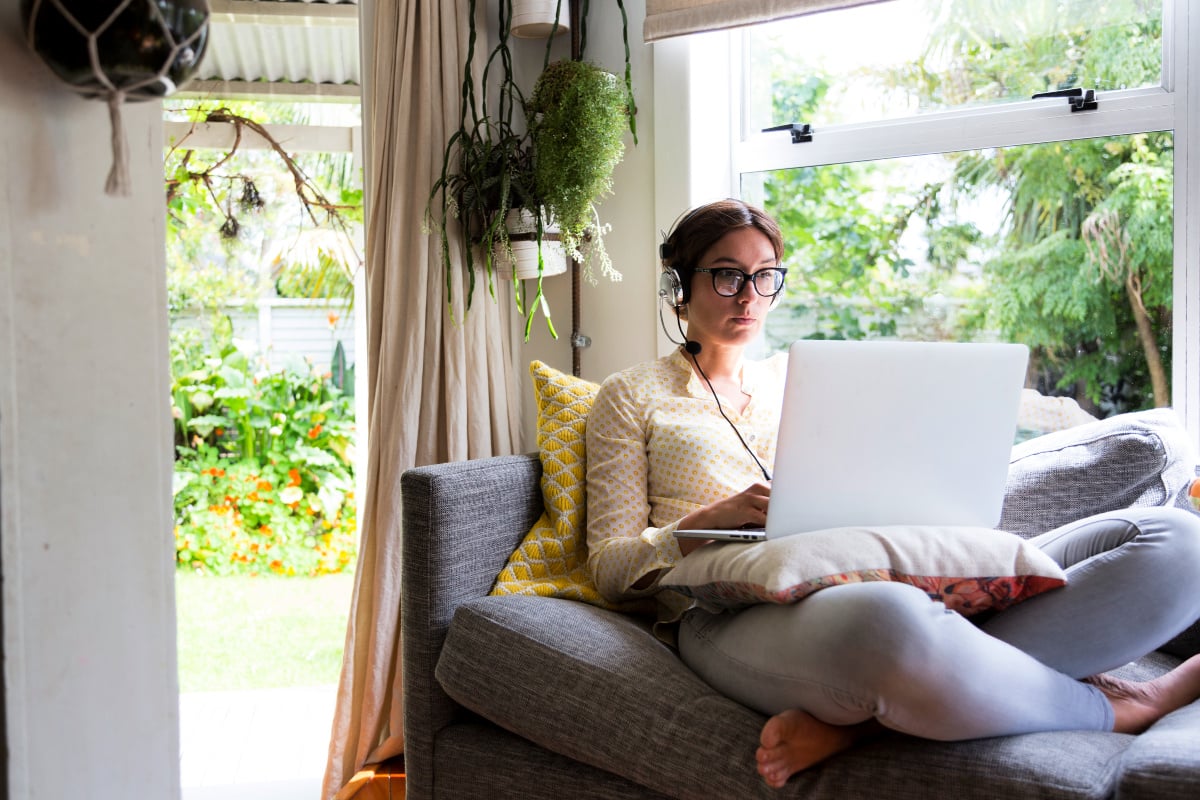
For the first time since the global coronavirus pandemic reached our shores, Australians have a fairly clear idea of what “the road back” to some semblance of normality actually looks like.
It looks like the three-step Roadmap to a COVIDSafe Australia by July Prime Minister Scott Morrison announced on Friday following a highly-anticipated National Cabinet meeting.
The framework, which will be rolled out by state and territory leaders when they deem it appropriate for the safety of their residents, will see social distancing restrictions lift and businesses re-open in three distinct phases.
WATCH: Prime Minister Scott Morrison announces step one of Australia’s coronavirus plan. Post continues after video.
“We walk before we run,” the Prime Minister said of the plan for the weeks and months ahead.
“We know we need to be careful to preserve our gains, if we wish to reclaim the ground we lost, we cannot be too timid. There will be risks. There will be challenges. There will be outbreaks, there will be more cases, there will be setbacks. Not everything will go to plan. There will be inconsistencies. States will and must move at their own pace, and will cut and paste out of this plan to suit their local circumstances. There will be undoubtedly be some human error. No one is perfect. Everyone is doing their best.”






























































































